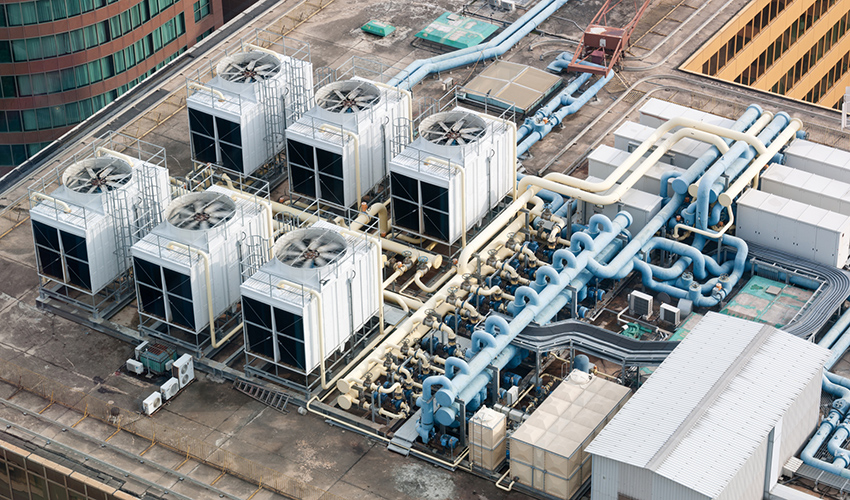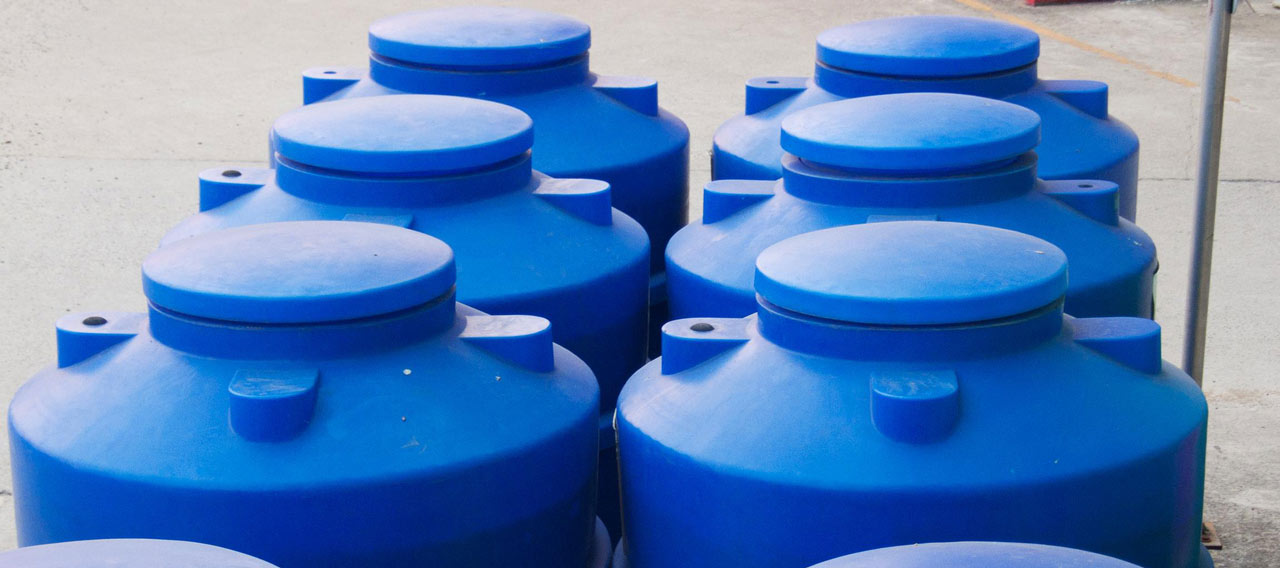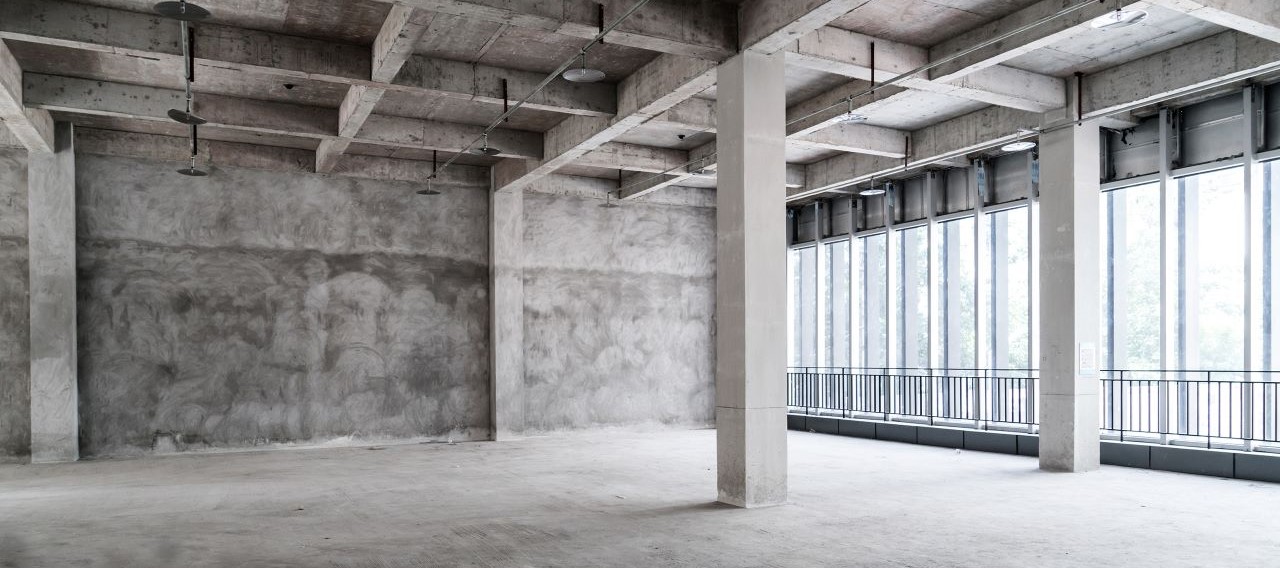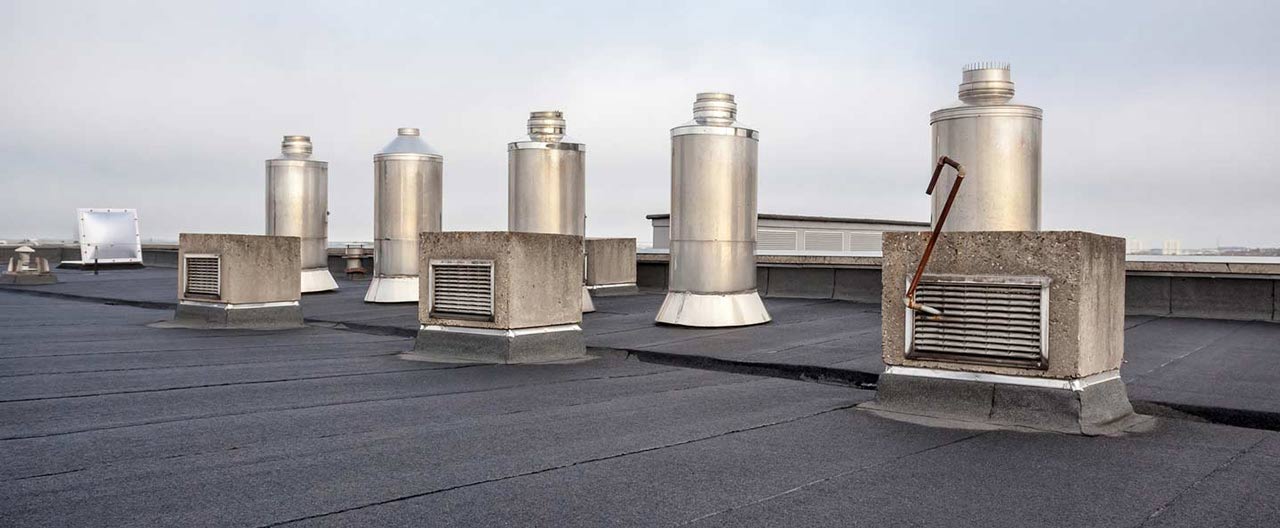- Individuals & Families
- Businesses
- Agents & Brokers
- Embedded Insurance

Chubb ranked #1 for Customer Satisfaction with the Home Insurance Claims Experience

Chubb ranked #1 for Customer Satisfaction with the Home Insurance Claims Experience

Chubb ranked #1 for Customer Satisfaction with the Home Insurance Claims Experience

Chubb ranked #1 for Customer Satisfaction with the Home Insurance Claims Experience

Because pets are family, Chubb now offers pet insurance with top-rated coverage from Healthy Paws.

Chubb offers the insurance protection you need for travel’s many “what ifs”.

Chubb protects small businesses at every stage – from newly formed start-ups to long-time anchors of the community.

Stay ahead of cyber threats with our free Cyber Claims Landscape Report.

Learn more about our dedicated learning paths, Online Learning Center, and more.

Many digital-savvy consumers look for it as a core or add-on option.

Many digital-savvy consumers look for it as a core or add-on option.

Many digital-savvy consumers look for it as a core or add-on option.

Chubb’s in-house technology makes it easy to integrate what we do into your customer experience.
-
About
-
Claims
-
Login & Pay Bill
For Agents & BrokersFor Travel Advisors
-
Back
How do you think about your roof? As a safeguard from the weather? As another “wall” helping to seal off your facility from the sun’s heat or the winter cold? Or maybe like most people, you don’t think of your roof much at all — until problems arise.
A roof is the ultimate piece of protective equipment for any structure. As such, it’s a capital investment that should be regularly inspected to anticipate vulnerabilities. Establishing a roof inspection plan can help your business lengthen the life of your roof and reduce the need for emergency repairs.
Here are some tips to plan for your commercial roof inspection to enhance the performance of your roof.
1. Plan for regular roof inspections
A service agreement with the roof installer is your best choice for routine maintenance procedures. However, internal employees that are qualified and taking safety precautions may also conduct inspections and perform minor maintenance. After an initial roof survey, it’s advisable to plan regular inspections twice a year. By the time a roof leak is apparent, the problem may already be acute, and repair is likely to be costly. The spring and the fall are the best times for this check-up. In the spring, check for potential damage that could have occurred from severe winter storms and determine necessary repairs. In the fall, check for any preventive action required before winter.
2. Conduct a roof inspection systematically
A best practice is to review the elements of your roof methodically, so you don’t miss anything. Chubb Risk Consulting roofing specialists recommend doing inspections in the following order:
- Building interior. Lift ceiling tiles and the underside of the deck for signs of water and note any water marks on ceilings, surfaces, and walls, which may be caused by roof leaks.
- Building exterior. Check for signs of misalignment due to settlement of the foundation and walls and for unadhered shingles. Inspect drains and downspouts to make sure they’re clear of obstructions and aren’t damaged. Look for evidence of standing water.
- Roof membrane. Note if the membrane is properly adhered to perimeters and flashings and check the fastenings. Document tears or punctures in the membrane.
- Roof flashings. Many roof leaks originate with flashing. Inspect each flashing and make sure they are properly attached.
- Exterior installed equipment. Careless workers or improper installation of roof-mounted equipment — such as satellite dishes, skylights, AC units, or ventilation fans — can cause damage. Make sure any new apparatus has proper, intact flashing.
Remember to keep a list of problem areas, flag susceptibilities to monitor, and address issues that require immediate attention.

3. Put preventative measures in place
After conducting a roof inspection, you can put preventative measures in place to mitigate the risk of roof damage. You can train maintenance personnel on these ongoing needs:
- Keep roofs and drainage systems clean and free of debris
- Eliminate standing water
- If you have a sloped roof with overhangs, watch for the formation of ice dams and add insulation to the attic as necessary
While a twice-a-year inspection is generally recommended, the frequency is contingent on several factors, including roof surface material, age, and geographic location. Planning for regular inspections and ongoing maintenance can prolong the life of the roof and help you anticipate possible problem areas before the intrusion of water causes a serious problem.
Additional resources
Insights and expertise








This document is advisory in nature and is offered as a resource to be used together with your professional insurance advisors in maintaining a loss prevention program. It is an overview only, and is not intended as a substitute for consultation with your insurance broker, or for legal, engineering or other professional advice.
Chubb is the marketing name used to refer to subsidiaries of Chubb Limited providing insurance and related services. For a list of these subsidiaries, please visit our website at www.chubb.com. Insurance provided by ACE American Insurance Company and its U.S. based Chubb underwriting company affiliates. All products may not be available in all states. This communication contains product summaries only. Coverage is subject to the language of the policies as actually issued. Surplus lines insurance sold only through licensed surplus lines producers. Chubb, 202 Hall's Mill Road, Whitehouse Station, NJ 08889-1600.


